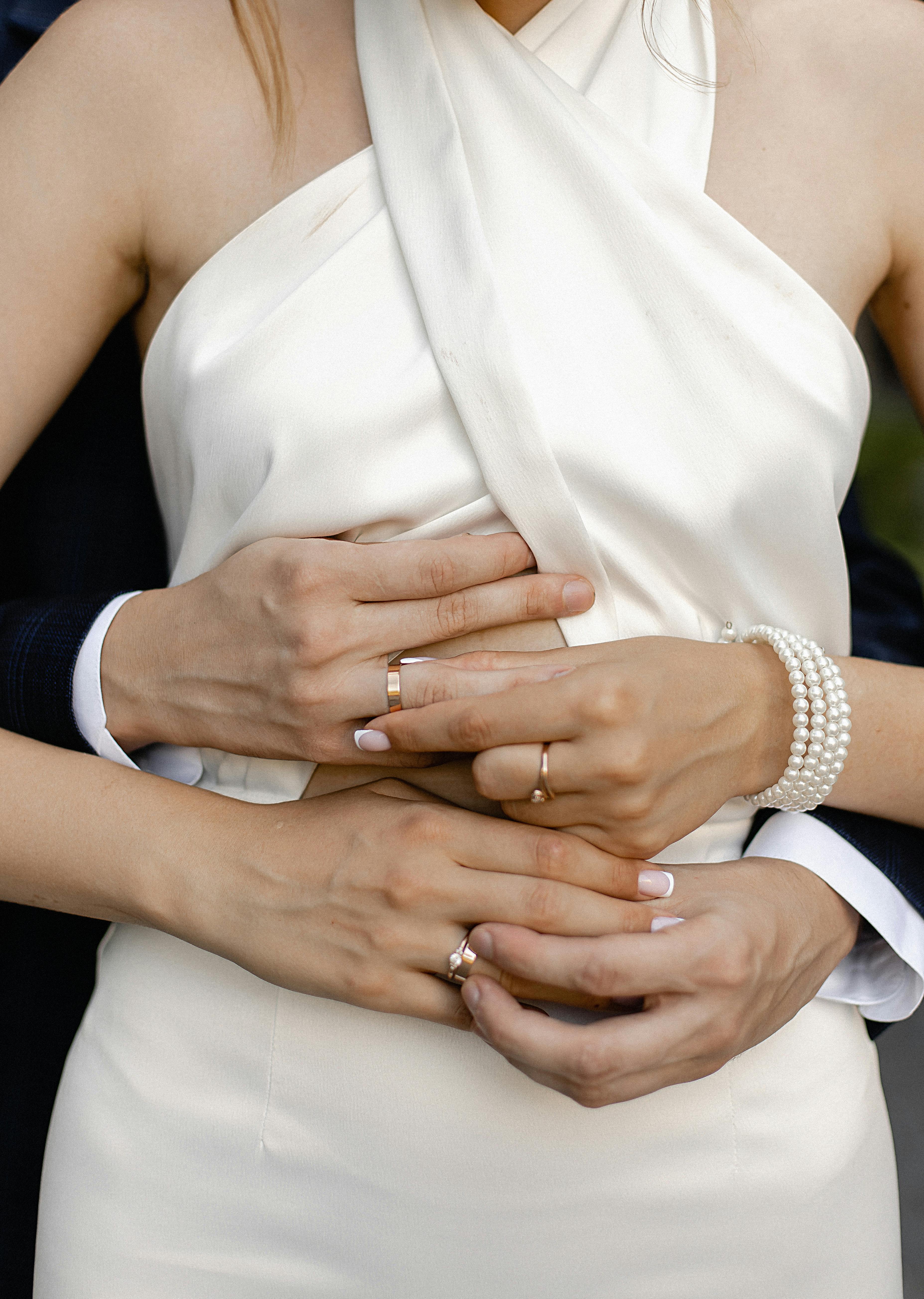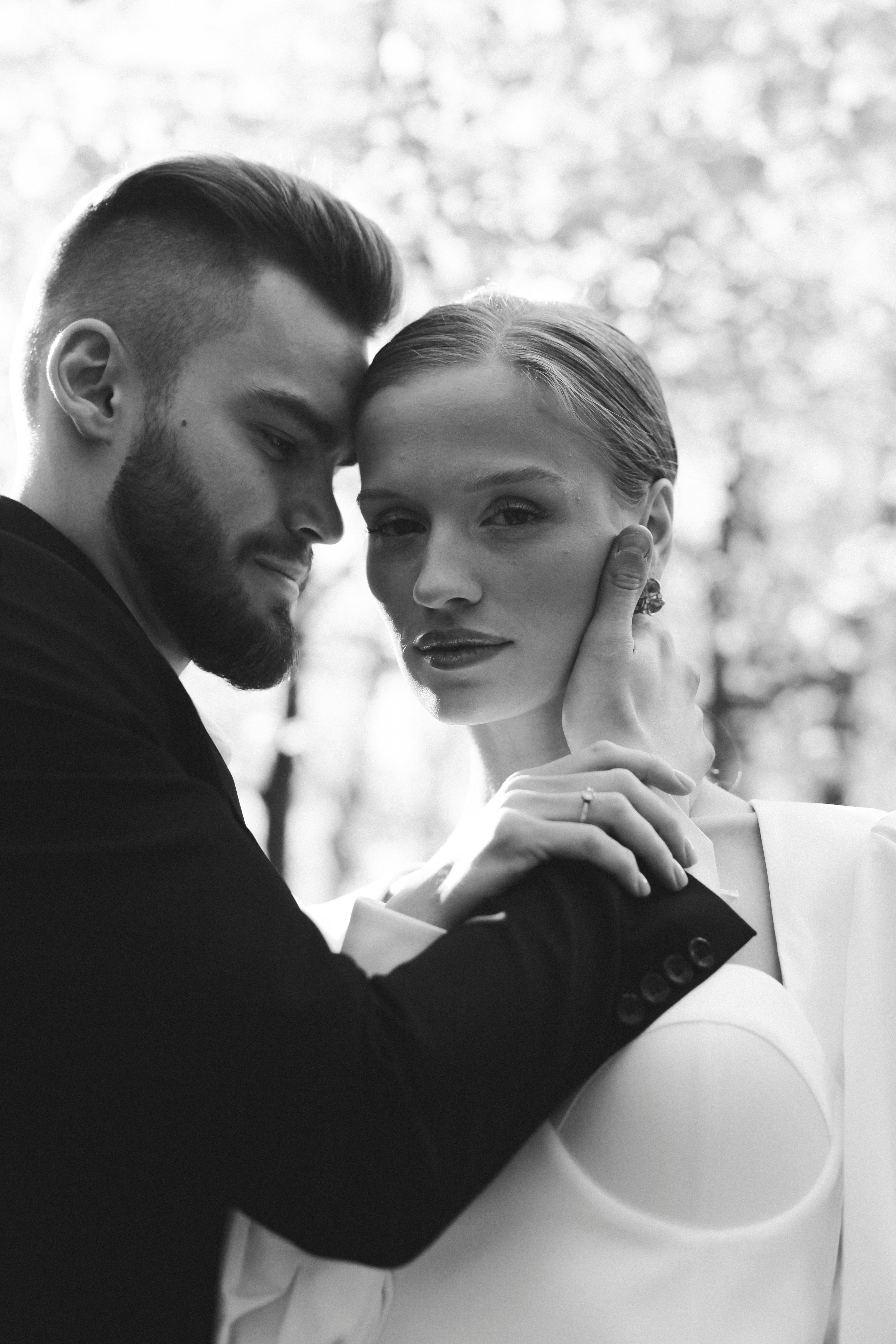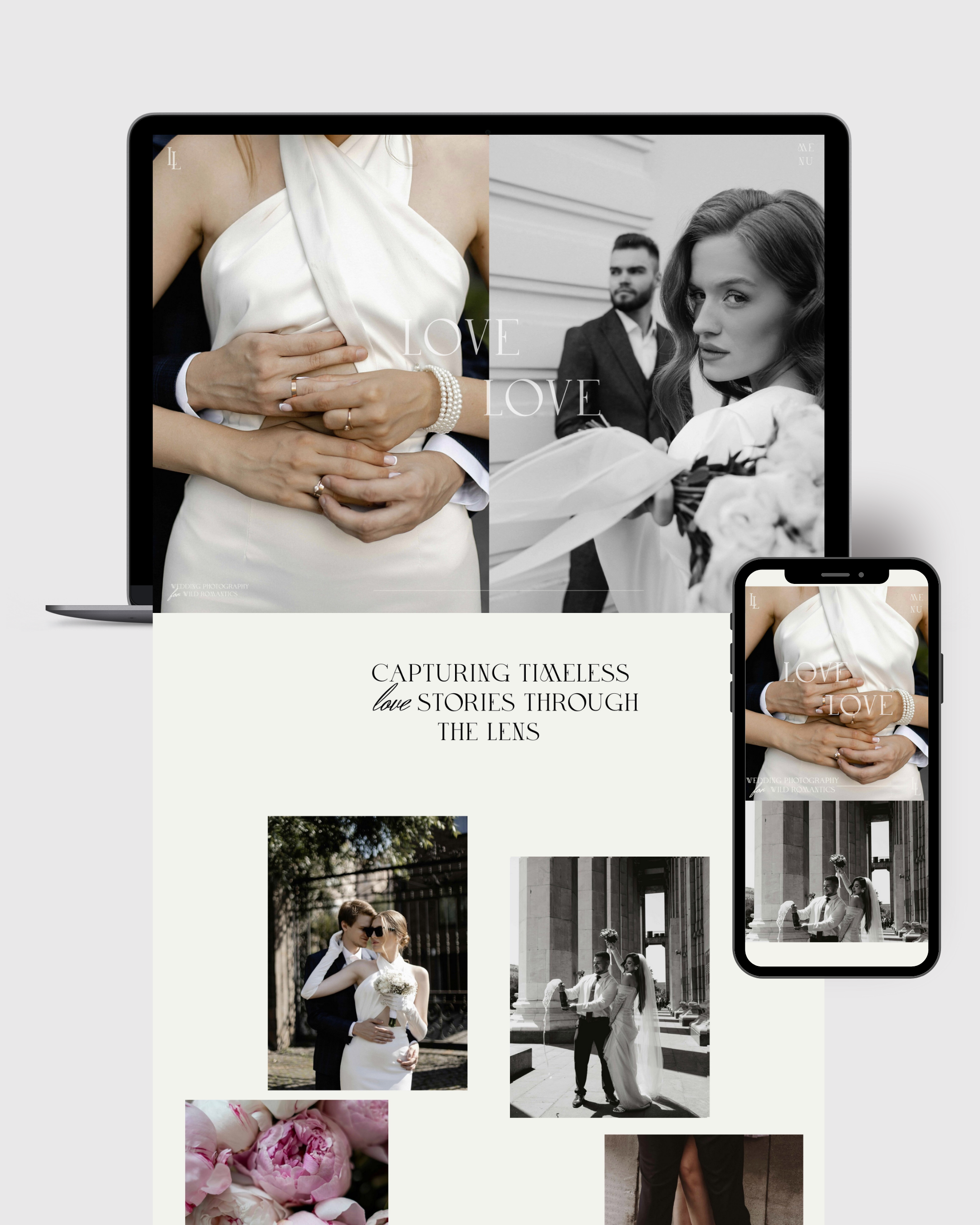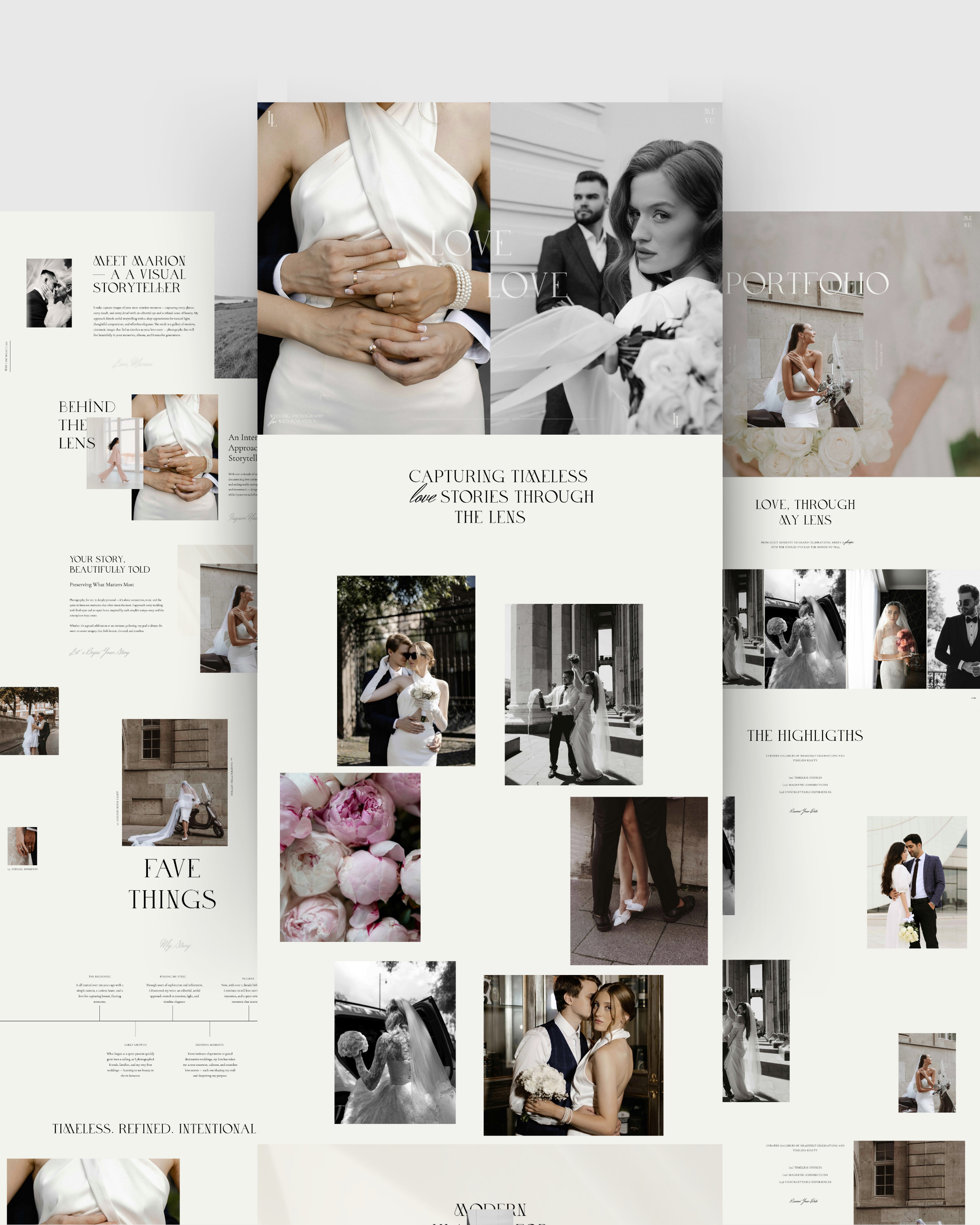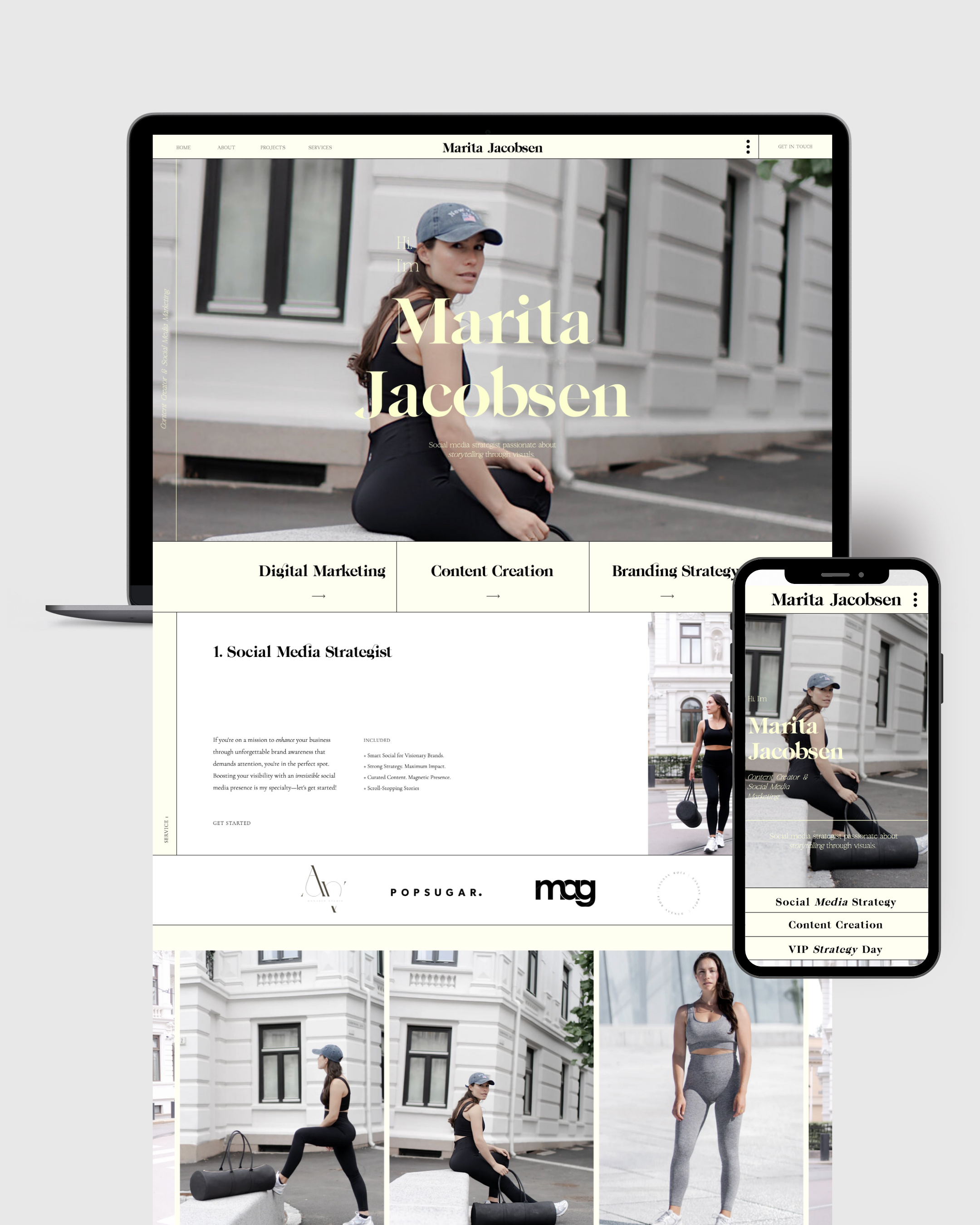
What Is Wedding Photography? An Editorial Look at the Art of Capturing 'I Do'
In a world filled with fleeting moments, wedding photography remains one of the few professions entirely dedicated to preserving the most meaningful seconds of our lives. But what exactly is wedding photography—and why does it matter so deeply?
At its core, wedding photography is the art, the craft, and the responsibility of capturing a couple’s wedding day through images. But to leave it at that would be to miss the richness of the role. Wedding photography is emotion translated into pixels. It's artistry wrapped in storytelling, a mix of precision, spontaneity, empathy, and technical skill. It is, in many ways, an intimate collaboration between the couple and the person behind the lens—a quiet agreement to see and be seen on a day as layered and emotionally charged as a wedding.
The Role of a Wedding Photographer
A wedding photographer is far more than just someone with a camera. They are part documentarian, part artist, part director, and part emotional anchor. On the surface, they're responsible for capturing the walk down the aisle, the kiss, the cake cutting, and the dance floor twirls. But look closer, and you’ll see a much deeper mission: to tell a love story visually, with authenticity and grace.
This means anticipating moments before they happen. It means understanding light, space, and timing. It requires being adaptable to weather, emotions, family dynamics, and schedule shifts—all while holding the vision of the day intact.
Wedding Photography Styles: Which One Tells Your Story?
No two weddings are alike—and neither are wedding photographers. From editorial and fine art to photojournalistic and documentary styles, the range of approaches reflects the diversity of today’s couples.
-
Editorial: Think magazine-worthy shots. Clean lines, styled elegance, often posed but not stiff. Perfect for couples who love a visual story with high-end aesthetic flair.
-
Documentary / Photojournalistic: These photographers capture real moments as they unfold. Less posing, more feeling. Great for couples who want to be present and let the day happen organically.
-
Fine Art: Often shot on film or with a digital look that mimics it, this style leans into softness, light, and composition. It creates romantic, timeless images with artistic depth.
-
Traditional: A classic style focused on posed shots, family groupings, and traditional moments. Familiar, reliable, and perfect for couples who want a timeless feel.
The Anatomy of a Wedding Day Through the Lens
A typical wedding day is a symphony of moments—from the nerves of getting ready, to the solemnity of vows, to the joy of celebration. A wedding photographer moves through this day like a conductor, attuned to every emotional beat.
1. The Morning The photographer arrives when the day is still soft and slow—when makeup brushes are tapping and ties are being adjusted. These quiet moments are filled with anticipation. The morning gives space for detail shots (the dress, rings, invitations), emotional candids, and sweet interactions with close friends and family.
2. The Ceremony This is the heart of the day. The photographer becomes almost invisible, moving silently to capture tears, hand squeezes, glances, and, of course, the kiss. Every movement is meaningful, every frame intentional.
3. The Portraits After the ceremony, there's often a dedicated time for portraits. This is when editorial vision or fine art flair comes to life. Lighting is key. So is timing. A skilled photographer knows how to guide the couple into natural-looking poses that still feel elevated and refined.
4. The Reception The energy shifts here—from sacred to celebratory. Candid dancing, laughing, cake smashing, and tearful toasts. The photographer’s role is to ride the wave of emotion without interrupting it.
5. The Golden Hour If the timeline allows, many photographers will steal the couple away for a few minutes at sunset. This light is magic. Golden hour portraits are often the most romantic of the day, combining natural beauty with post-ceremony calm.
Gear, Technique & The Quiet Science Behind the Scenes
While much of wedding photography appears effortless, it’s rooted in a foundation of technical mastery. Most professional wedding photographers use high-end DSLR or mirrorless cameras, multiple lenses (from wide-angle to portrait to telephoto), external flashes, reflectors, and backup equipment.
More importantly, they know how to use these tools in ever-changing conditions—indoors, outdoors, low light, harsh sun. They’re constantly adjusting ISO, aperture, and shutter speed to freeze time in its best light.
Then comes post-production. Editing is where the images go from raw capture to refined story. A wedding gallery isn’t just edited for exposure and color—it’s curated for emotion, pacing, and flow.
What Makes a Great Wedding Photographer?
Great wedding photographers don’t just take photos—they create an experience.
They listen. They observe. They guide without dominating. They see what others might miss: the grandmother’s hands on the bride’s shoulders, the child asleep under a table at the reception, the way the groom's eyes fill when he sees his partner walking down the aisle.
Empathy is as important as aperture.
Reliability matters, too. A wedding can’t be reshot. You want someone who shows up early, has backups of backups, and knows how to problem-solve in real-time.
Why Wedding Photography Matters (Now More Than Ever)
In the age of social media, where everyone is a photographer and memories live on timelines, you might wonder: Do we still need a professional wedding photographer?
The answer: absolutely.
Because unlike a smartphone snapshot, a professional image is built with intention. It’s crafted through light, emotion, and composition. It’s a legacy piece. One day, it may be the only visual memory a family has of that moment, that person, that day.
In a fast-paced world, wedding photography is an act of slowing down. Of choosing to preserve something real.
The Investment in Memories
Yes, wedding photography can be a significant investment. But what you're paying for isn't just hours of coverage—it's years of skill, thousands of dollars in gear, meticulous editing, and the irreplaceable value of trust.
Most photographers offer different packages based on hours of coverage, number of shooters, albums, engagement sessions, and print options. Some even include film photography or drone footage for an elevated experience.
When budgeting for your wedding, photography should be a top-tier priority. Flowers wilt, cakes are eaten, but your photos remain.
Choosing the Right Photographer for You
Start with style. What kind of images speak to you? Editorial and fashion-inspired? Documentary and raw? Dreamy and romantic?
Then look at full galleries—not just Instagram highlights. Ask about their experience, backup plans, approach to the day, and how they’ll help you feel comfortable in front of the camera.
Most importantly: trust your gut. You’re inviting this person into one of the most emotional days of your life. Choose someone who sees you—not just as a client, but as a story worth telling.
Final Thoughts: More Than Just Pictures
Wedding photography isn’t just about images. It’s about presence, memory, meaning.
It’s about walking into a moment that will never happen again and turning it into something that lasts.
When you look back on your wedding photos—five, ten, fifty years from now—you won’t just see what happened. You’ll remember how it felt.
And that? That’s the quiet magic of wedding photography.


